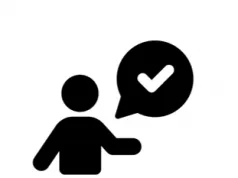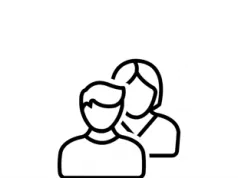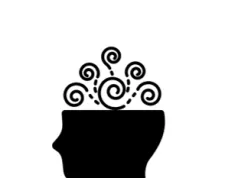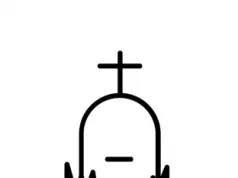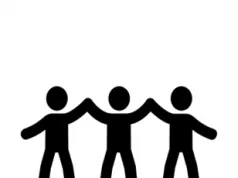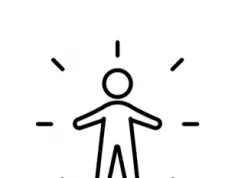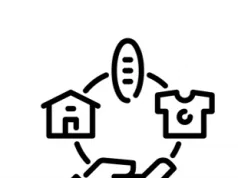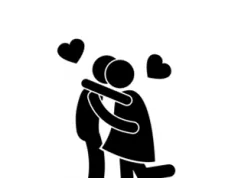Repetitive Transcranial Magnetic Stimulation (rTMS) is a type of therapy that many people turn to when other interventions – whether this be talking therapy or medications – have not worked.
But after other interventions have not worked, most who turn to rTMS are in desperate need of help. Therefore, it is important to know how effective rTMS is. As this article will show, the evidence suggests that rTMS is largely effective.
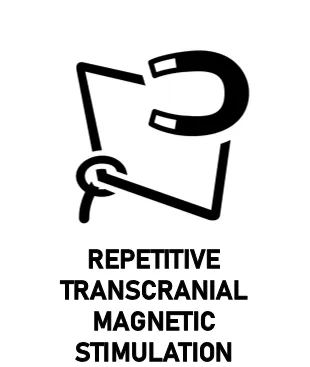
What is rTMS?
Repetitive Transcranial Magnetic Stimulation (rTMS): Repetitive transcranial magnetic stimulation (rTMS) is a type of therapy that can be used to treat an array of mental health conditions. The therapy involves a trained therapist using a magnet in order to apply multiple magnetic pulses to the areas of the brain which are believed to be responsible for the regulation of mood and emotions – called neurotransmitters. In theory, the higher the level of these neurotransmitters, the better mood and emotions become. It is very rarely used as a first line treatment, but if someone has little success in lessening their symptoms with a range of other treatments, then rTMS may be used.
rTMS for Depression
Generally, research into rTMS is positive. Most research focuses on its ability to treat Treatment-Resistant Depression. A metanalysis into rTMS, which involved reviewing dozens of pre-existing studies into depression and rTMS, found that rTMS had a positive impact on cases of Depression [1].
Focusing on treating cases of Depression that have not responded to other treatments – research shows that it can be useful for those who have not responded to antidepressants [2].
One study that looked into the long-term impact of rTMS concluded that most people see their symptoms improve a lot within a year of completing a course of rTMS [3].
rTMS for other conditions
rTMS is best associated with Depression. However, it has also been used in the treatment of other mental health conditions.
For example, rTMS has been shown to be effective in treating the “negative” symptoms of Schizophrenia [4], and reduce cravings for those going through substance use problems [5].
rTMS is also being used in cases of Post traumatic Stress Disorder (PTSD), and other trauma-related conditions. As time goes on, it is likely that more and more people will try rTMS.
Many people consider rTMS and Electroconvulsive Therapy to be similar treatments. While there are some similarities, there are also key differences. We have an article that looks at how rTMS and Electroconvulsive Therapy Compare.
Summary
Ultimately, the evidence for rTMS is largely positive. rTMS is typically reserved for when other interventions haven’t worked – therefore, it is positive to see that the evidence supports its use.
But as a caution, it is important to remember that rTMS is not a one-size-fits-all approach – and not everyone will derive benefit from it. Fortunately, there are a range of other talking therapies that exist, and also some alternative and complimentary substitute therapies worth considering.
See Also
- Therapy Home
- Everything You Need To Know About Talking Therapy
- FAQ’s About Talking Therapy
- Repetitive Transcranial Magnetic Stimulation: Everything You Need to Know
- The Advantages and Disadvantages of Repetitive Transcranial Magnetic Stimulation
- 8 Things You Should Know About Repetitive Transcranial Magnetic Stimulation
- What Are The Side Effects of Repetitive Transcranial Magnetic Stimulation (rTMS)?
- How Effective is Repetitive Transcranial Magnetic Stimulation (rTMS)?
- Is Repetitive Transcranial Magnetic Stimulation (rTMS) Safe?
- How Do Repetitive Transcranial Magnetic Stimulation (rTMS) and Electroconvulsive Therapy (ECT) Compare?
Disclaimer
This website should be used purely for informational purposes, and does not intend to, nor should it ever, be used as a replacement for professional medical advice.
We strive to keep all of our pages updated, and ensure that our website is full of factual and in-depth information. However, we encourage you to browse this website with care.
As a reminder, this website and all content within it cannot and should not replace the advice of a trained medical professional. You can read our full disclaimer at this link.
Helplines
If you are struggling with your mental health, help is available. With the right support and treatment, you can make a recovery. For information on helplines, or if you are in a state of crisis, please visit our crisis page by clicking on the relevant link for your geographical location (United Kingdom), (United States), (International). You can also see how to get mental health treatment and the process involved by clicking this link.
References
[1] Bertschy, G. & Rachid, F. (2006). Safety and efficacy of repetitive transcranial magnetic stimulation in the treatment of depression: a critical appraisal of the last 10 years. Clinical Neurophysiology. 36 (3), p157-183.
[2] Rossini, D., Lucca, A,, Zanardi, R., Magri, L. & Smeraldi, E. (2005). Transcranial magnetic stimulation in treatment-resistant depressed patients: a double-blind, placebo-controlled trial.. Psychiatry Research. 137 (1), p1-10.
[3] Dunner, D. L., Aaronson, S. T., Sackeim, H. A., Janicak, P. G., Carpenter, L. C., Boyadjis, T., Brock, D. G., Bonneh-Barkay, D., Cook, I. A., Lanocha, K., Solvason, H. B., & Demitrack, M. A. (2014). A multisite, naturalistic, observational study of transcranial magnetic stimulation for patients with pharmacoresistant major depressive disorder: durability of benefit over a 1-year follow-up period. Journal of Clinical Psychiatry. 75 (12): p1394-1401.
[4] Cohen, E., Bernardo, M., Masana, J., Arrufat, F., Navarro, V., Boget, T., Barrantes, N., Catarineu, S., Font, M. & Lomena, F. (1999). Repetitive transcranial magnetic stimulation in the treatment of chronic negative schizophrenia: a pilot study.. Journal of Neurology, Neurosurgery, and Psychiatry. 67 (1), P129-130.
[5] Wiegand, J., Kharraz, R., Bobbe, G., Sommer, G., Hajak, G., Wodarz, N. & Eichhammer, P. (2003). Repetitive Transcranial Magnetic Stimulation in Nicotine Dependence. Psychiatr Prax. 30 (2), p129-131.


